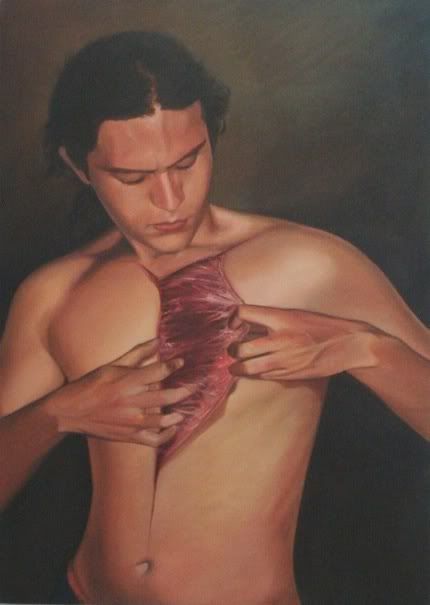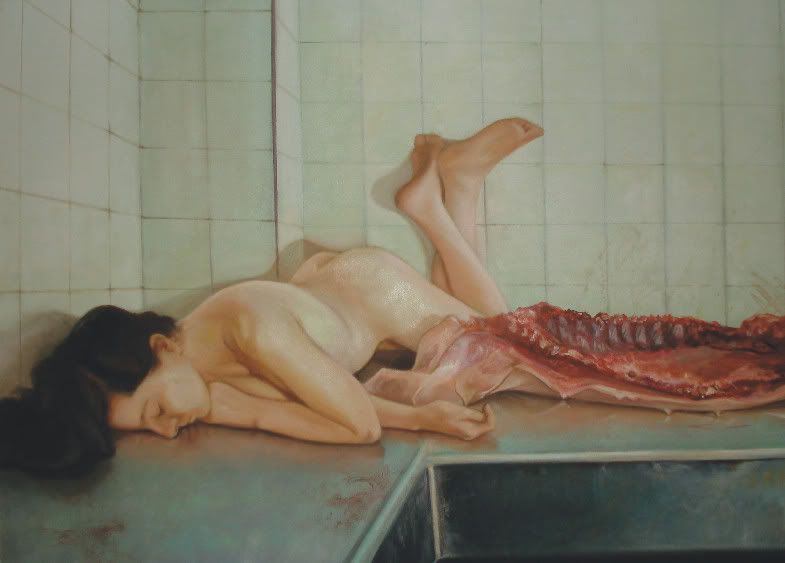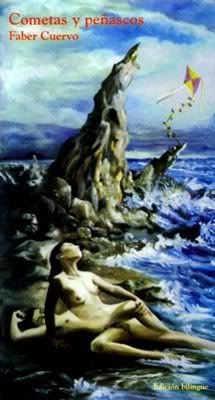El Tsunami silencioso.
 FOOD | ||
| Apr 17th 2008 From The Economist print edition The silent tsunami Food prices are causing misery and strife around the world. Radical solutions are needed | ||
 | ||
| Getty Images | ||
PICTURES of hunger usually show passive eyes and swollen bellies. The harvest fails because of war or strife; the onset of crisis is sudden and localised. Its burden falls on those already at the margin. Today's pictures are different. "This is a silent tsunami," says Josette Sheeran of the World Food Programme, a United Nations agency. A wave of food-price inflation is moving through the world, leaving riots and shaken governments in its wake. For the first time in 30 years, food protests are erupting in many places at once. Bangladesh is in turmoil (see article); even China is worried (see article). Elsewhere, the food crisis of 2008 will test the assertion of Amartya Sen, an Indian economist, that famines do not happen in democracies. Famine traditionally means mass starvation. The measures of today's crisis are misery and malnutrition. The middle classes in poor countries are giving up health care and cutting out meat so they can eat three meals a day. The middling poor, those on $2 a day, are pulling children from school and cutting back on vegetables so they can still afford rice. Those on $1 a day are cutting back on meat, vegetables and one or two meals, so they can afford one bowl. The desperatethose on 50 cents a dayface disaster. Roughly a billion people live on $1 a day. If, on a conservative estimate, the cost of their food rises 20% (and in some places, it has risen a lot more), 100m people could be forced back to this level, the common measure of absolute poverty. In some countries, that would undo all the gains in poverty reduction they have made during the past decade of growth. Because food markets are in turmoil, civil strife is growing; and because trade and openness itself could be undermined, the food crisis of 2008 may become a challenge to globalisation. First find $700m Rich countries need to take the food problems as seriously as they take the credit crunch. Already bigwigs at the World Bank and the United Nations are calling for a "new deal" for food. Their clamour is justified. But getting the right kind of help is not so easy, partly because food is not a one-solution-fits-all problem and partly because some of the help needed now risks making matters worse in the long run. The starting-point should be that rising food prices bear more heavily on some places than others. Food exporters, and countries where farmers are self-sufficient, or net sellers, benefit. Some countriesthose in West Africa which import their staples, or Bangladesh, with its huge numbers of landless labourersrisk ruin and civil strife. Because of the severity there, the first step must be to mend the holes in the world's safety net. That means financing the World Food Programme properly. The WFP is the world's largest distributor of food aid and its most important barrier between hungry people and starvation. Like a $1-a-day family in a developing country, its purchasing power has been slashed by the rising cost of grain. Merely to distribute the same amount of food as last year, the WFP needsand should getan extra $700m. And because the problems in many places are not like those of a traditional famine, the WFP should be allowed to broaden what it does. At the moment, it mostly buys grain and doles it out in areas where there is little or no food. That is necessary in famine-ravaged places, but it damages local markets. In most places there are no absolute shortages and the task is to lower domestic prices without doing too much harm to farmers. That is best done by distributing cash, not foodby supporting (sometimes inventing) social-protection programmes and food-for-work schemes for the poor. The agency can help here, though the main burdentens of billions of dollars' worthwill be borne by developing-country governments and lending institutions in the West. Such actions are palliatives. But the food crisis of 2008 has revealed market failures at every link of the food chain (see article). Any "new deal" ought to try to address the long-term problems that are holding poor farmers back. Then stop the distortions In general, governments ought to liberalise markets, not intervene in them further. Food is riddled with state intervention at every turn, from subsidies to millers for cheap bread to bribes for farmers to leave land fallow. The upshot of such quotas, subsidies and controls is to dump all the imbalances that in another business might be smoothed out through small adjustments onto the one unregulated part of the food chain: the international market. For decades, this produced low world prices and disincentives to poor farmers. Now, the opposite is happening. As a result of yet another government distortionthis time subsidies to biofuels in the rich worldprices have gone through the roof. Governments have further exaggerated the problem by imposing export quotas and trade restrictions, raising prices again. In the past, the main argument for liberalising farming was that it would raise food prices and boost returns to farmers. Now that prices have massively overshot, the argument stands for the opposite reason: liberalisation would reduce prices, while leaving farmers with a decent living. There is an occasional exception to the rule that governments should keep out of agriculture. They can provide basic technology: executing capital-intensive irrigation projects too large for poor individual farmers to undertake, or paying for basic science that helps produce higher-yielding seeds. But be careful. Too oftenas in Europe, where superstitious distrust of genetic modification is slowing take-up of the technologygovernments hinder rather than help such advances. Since the way to feed the world is not to bring more land under cultivation, but to increase yields, science is crucial. Agriculture is now in limbo. The world of cheap food has gone. With luck and good policy, there will be a new equilibrium. The transition from one to the other is proving more costly and painful than anyone had expected. But the change is desirable, and governments should be seeking to ease the pain of transition, not to stop the process itself.
| ||
Open article at "The Economist" Web Site | ||
Copyright © The Economist Newspaper Limited 2007. All rights reserved. |











